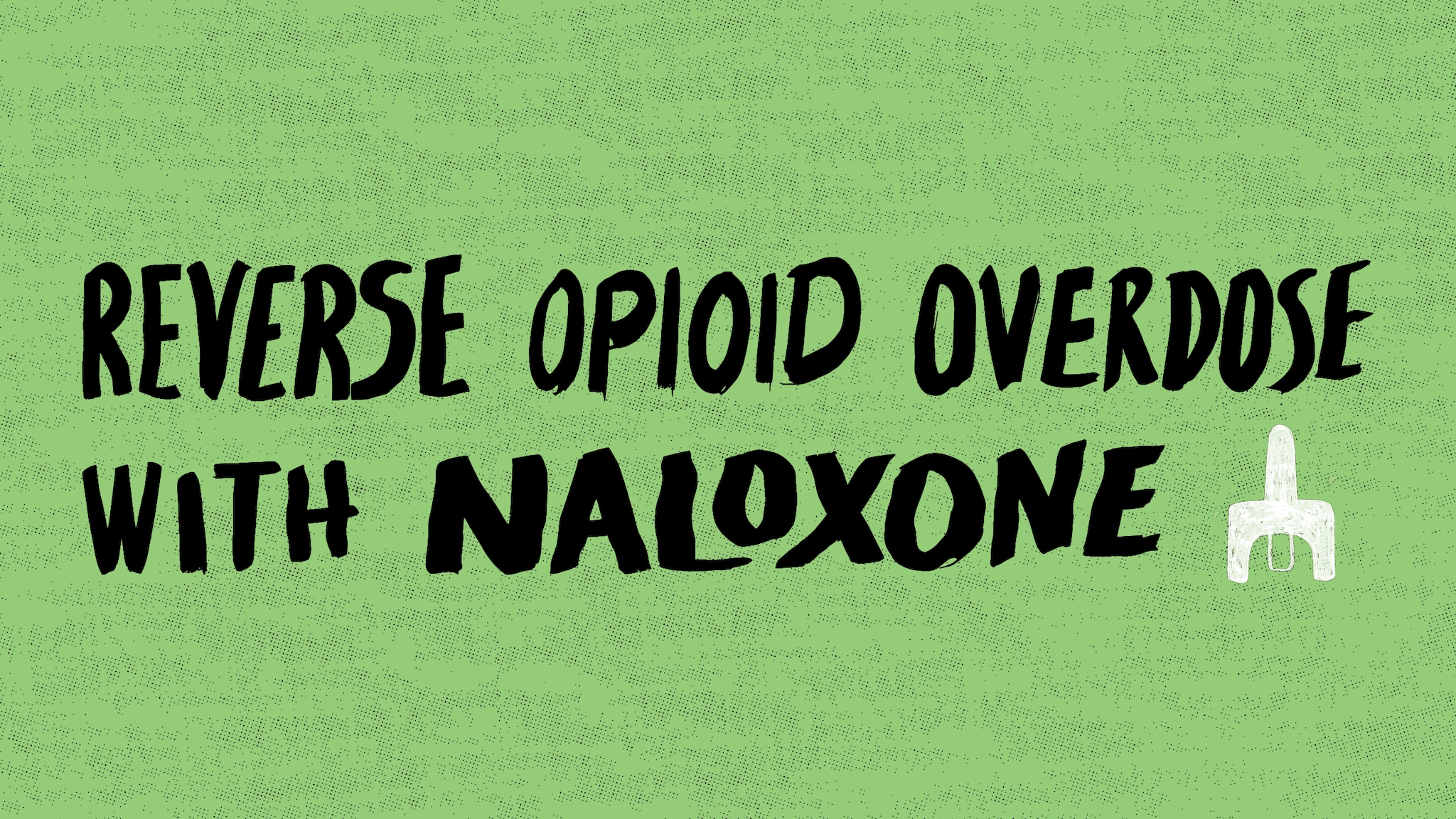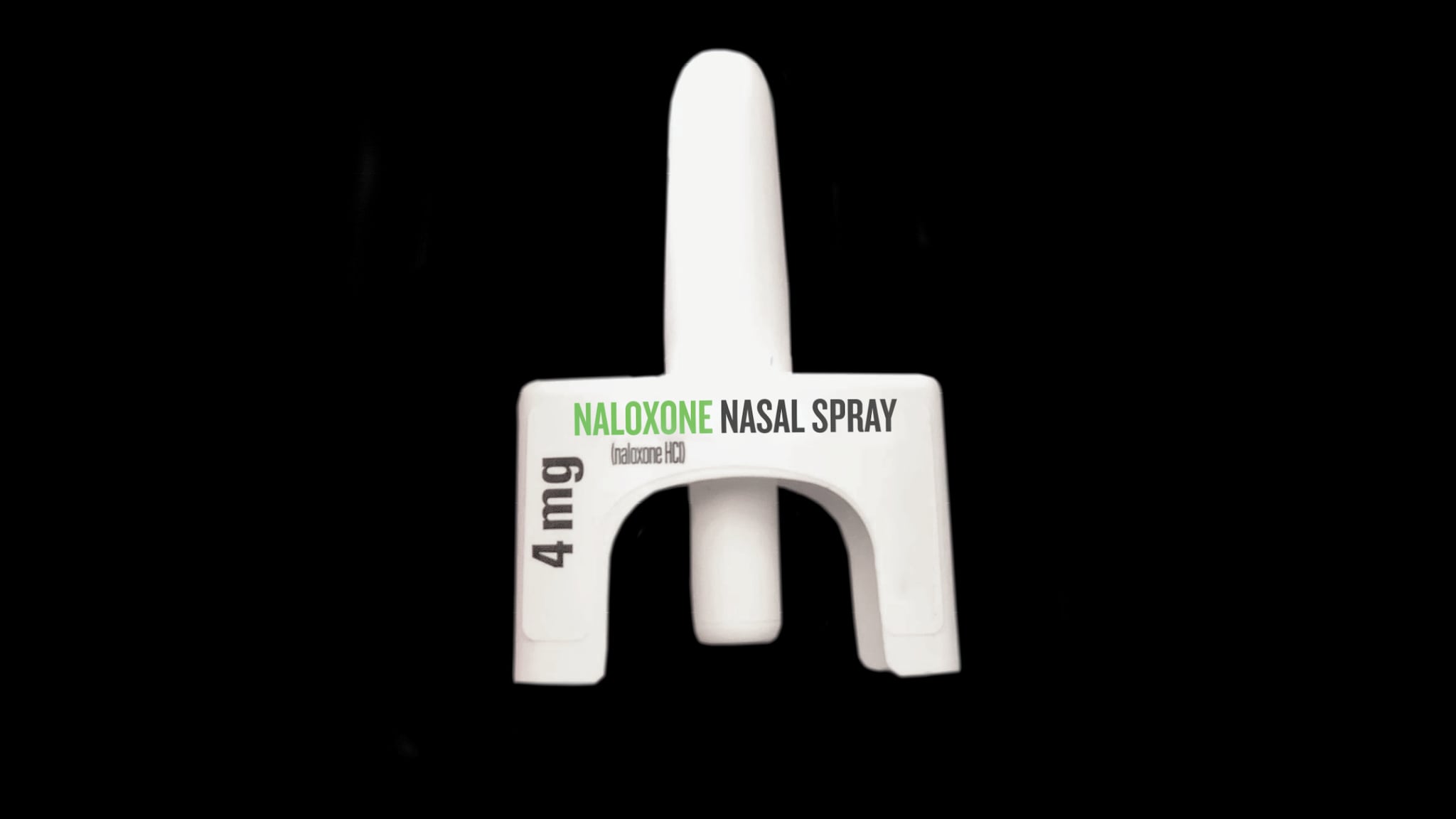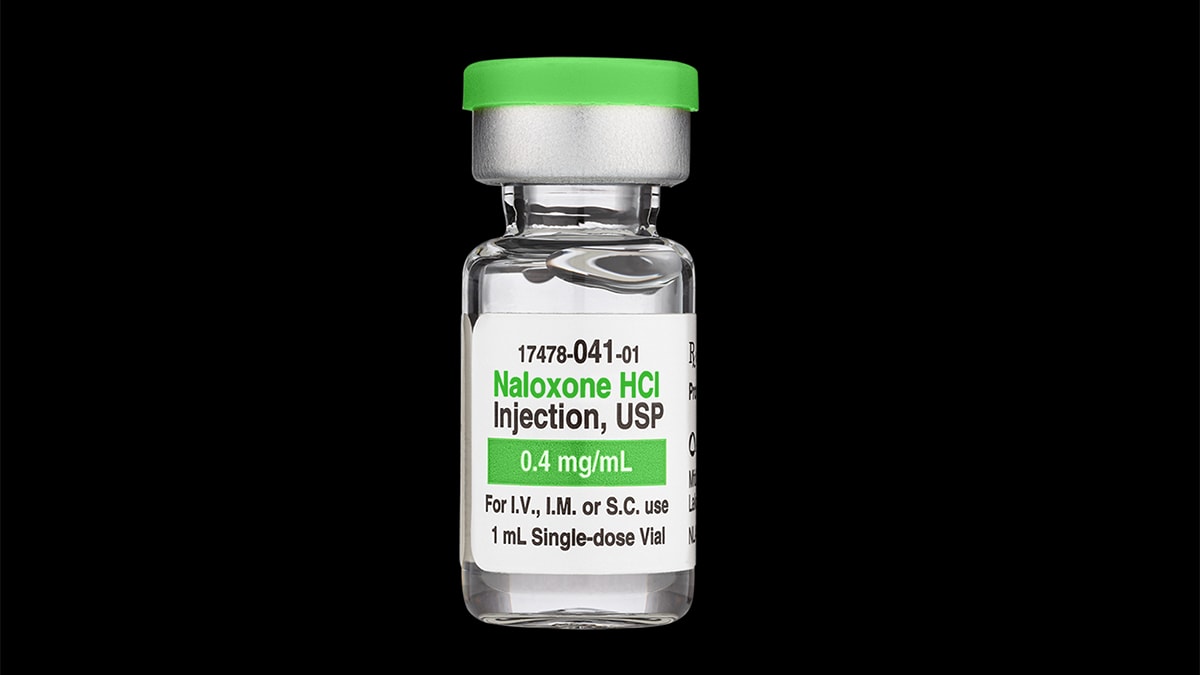Key points
- Naloxone is safe and easy to use.
- Naloxone can help reverse an opioid overdose and save a life.
- Naloxone is available over the counter.

What is naloxone and how can I get it?
Naloxone is a life-saving medication that can reverse an overdose from opioids—including heroin, fentanyl, and prescription opioid medications—when given in time.1
There are two forms of naloxone that anyone can use without medical training or authorization:


The cost varies depending on where you get the naloxone, how you get it, and what type you get. Check with your insurance provider to see if naloxone is covered under your plan. Community-based organizations and local health departments may offer naloxone at little to no cost.
Naloxone is available in all 50 states and at pharmacies in most states without a prescription. Healthcare professionals can co-prescribe naloxone with high-dose opioids. Your state and local health departments or community-based organizations may offer a naloxone locator on their website.
Yes, anyone can purchase and/or carry naloxone to help respond to an overdose. It is not just for people with an opioid or other substance use disorder. Having naloxone available allows bystanders to help save lives by preventing a fatal overdose.
How do I use naloxone?
Naloxone is safe and easy to use without medical training. Check out CDC's videos on how to use naloxone nasal spray and how to use injectable naloxone.
No, naloxone cannot be taken prior to using drugs to prevent an overdose.
Naloxone is a fast-acting drug that can reverse opioid overdose and restore normal breathing within 2-3 minutes. Start by administering one dose of naloxone and wait 2-3 minutes to see if normal breathing returns before giving a second dose. Giving more than one dose of naloxone may not be necessary.234
What to do if you think someone is overdosing:
- Administer an overdose reversal medication like naloxone (if available) and call 911.*
- Try to keep the person awake and breathing.
- Lay the person on their side to prevent choking.
- Stay with the person until emergency assistance arrives.
Naloxone is a life-saving medication that can reverse the effects of opioid overdose and save lives. It is available in all 50 states and over the counter - you don't need a prescription.
*Most states have laws that may protect a person who is overdosing or the person who called for help from criminal penalties.
Is naloxone safe?
Naloxone can (but does not always) cause withdrawal symptoms or unpleasant physical reactions, in people who are physically dependent on opioids. Withdrawal symptoms may include fever, anxiety, irritability, rapid heart rate, sweating, nausea, vomiting, and tremors.5
Naloxone won’t harm someone if they’re overdosing on opioids or other drugs, so it’s always best to use it if you think someone is overdosing.
Related resources
- Get the facts on fentanyl
- Learn about lifesaving naloxone
- Understand the risks of polysubstance use
- Reduce stigma around recovery and treatment
- https://www.fda.gov/consumers/consumer-updates/access-naloxone-can-save-life-during-opioid-overdose
- https://store.samhsa.gov/sites/default/files/overdose-prevention-response-kit-pep23-03-00-001.pdf
- Carpenter J, Murray BP, Atti S, Moran TP, Yancey A, Morgan B. Naloxone dosing after opioid overdose in the era of illicitly manufactured fentanyl. Journal of Medical Toxicology. 2020;16(1):41–48. doi: 10.1007/s13181-019- 00735-w
- Burssell R, Godwin J, Moe J, Buxton J, Crabtree A, Kestler A, et al. Comparison of rates of opioid withdrawal symptoms and reversal of opioid toxicity in patients treated with two naloxone dosing regimens: A retrospective cohort study. Clinical Toxicology. 2021;59(1):38–46. doi: 10.1080/15563650.2020.1758325
- Kim, HK, & Nelson, LS. Reducing the harm of opioid overdose with the safe use of naloxone: a pharmacologic review. Expert opinion. Drug Safety. 2015; 17(7):1137-1146.
